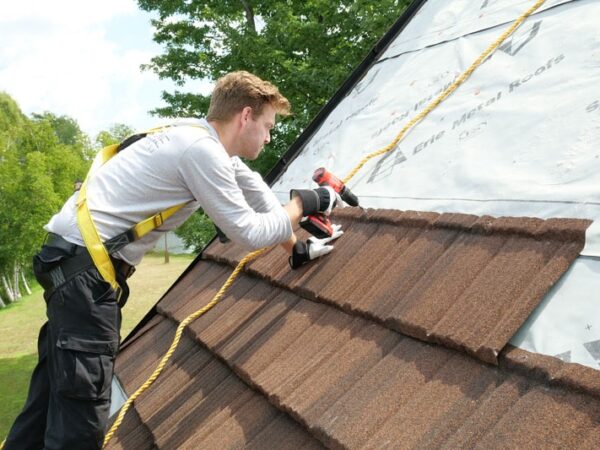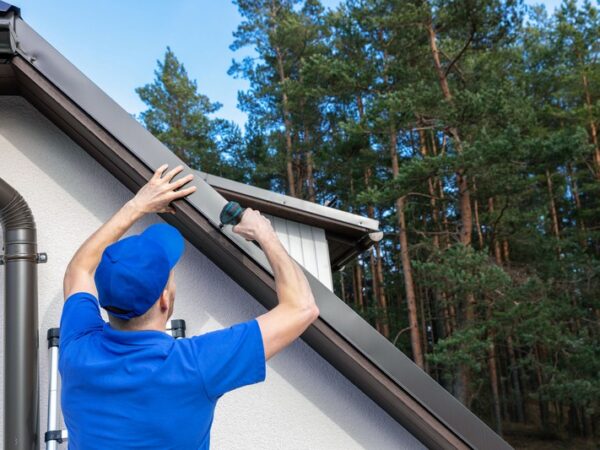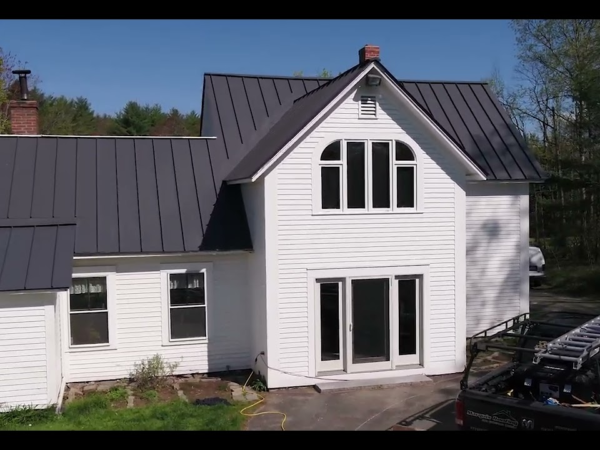If you don’t have the right training, digging a trench or hole can be dangerous and difficult. To secure the soil around the trench, construction crews use a tool called a trench box.
These cage-like structures may appear to be designed to support walls of the trench. However, this is not the case. These structures are designed to protect workers in the trench from any possible cave-in.
A trench box is one example of good trenching and excavation safety protocols. How can workers be safer during excavations? What are the most important safety tips for trenching and excavating?
1. Check out the Manufacturer’s Tabulated data
Tabulated data from a trench box gives you the specifications of the system, as well as the limitations of the build. It will show you how deep a box or shield can be rated. You or your workers might need to be aware of any special considerations while installing the box.
Read the instructions manual and any manufacturer materials. Make sure to read the instruction manual and manufacturer resources before you use a trench box on active sites.
Site engineers are able to help improve excavation safety and trenching by providing assistance during the preplanning, quality control and workflow assurance phases. They can verify tabulated data as well as ensure that guidelines are being followed.
2. Proper Tool Training
No matter the size of your trench, trench boxes are an essential tool for excavating and digging. However, implementing them on a project can be difficult. This is why it is important to have additional training. A small mistake in how the pit is constructed or the walls supported can cause serious damage. Sometimes construction crews take shortcuts to speed up one or two processes, which can put lives at risk.
When installing panels of a shield, or trench box, it is important to keep the correct dimensions. Excavating beneath the box is not recommended. The soil must be stable and solid. A single cubic yard of dirt can be close to 3,000 lbs . This would place a lot of pressure onto the boxes and panels, not to mention the human body.
The shield or trench box must be strong enough to resist soil or rock fall and high pressure. This will allow workers to safely climb out of the trench. This means that people who work with these tools need to have extensive field training and a lot of experience before they can do large jobs.
3. Label the panels
When installing the shield, trench panels should be placed in a specific order. You might use the wrong panels if you aren’t paying attention or don’t know the proper way to build the box. This could weaken the box’s structural integrity.
Make sure that the panels are properly labeled and that everyone who is constructing the box knows where it belongs. Trenching and excavation safety are dependent on the correct use of tools and resources. This includes a properly constructed trench shield.
The panels should not be placed directly against spreader pipes. They will push against the posts in a collapse. However, if they are against the spreader pipe, the whole system can deflect.
4. Always inspect the paneling
Trench shields are usually made up of panels that can be fixed to the site. It is important to store and maintain these panels safely at work. Before each use, they should be inspected. It is important to repair or replace any structural damage, including panels and entire sections. This structural damage can make the difference between saving someone’s life and ending theirs.
This includes the replacement of damaged spreader pipes, boxes panels, fasteners, or other components. It is possible for the spreader pipe to be bent or damaged. This can also happen when Kubota Excavators lift or move a box.
5. Always fill gaps
The trench box will always be larger than the trench or excavation. However, once it is in place, the soil should be flush with its edges. This often involves backfilling any gaps. This would put additional pressure on the panel of the box. The soil is designed to limit hazardous soil movement laterally, and the additional soil will stabilize the whole system.
This is precisely why you shouldn’t dig below the box for more than 2ft. You’re creating pressure on the floor and weakening its stability. This can lead to a cave-in. The trench box or shield must be rated to the entire depth of the excavation site. In a deep trench, a box of shallow dimensions should not be used.
6. Remember the top
Clay, soil, and rock are all loose materials so they can fall all over the place when you dig. The trench should not be flush with the box’s top. You want enough space for slippage and loose material to escape the box without causing injury to workers.
The standard practice is to have the trench edges sloped with 18 inches of trench box and panels above the trench lip. This will prevent slippage from accumulating on the ground where it intersects with the shield wall.
7. Follow OSHA Guidelines
A certified professional engineer is required to dig trenches and excavate a site deeper than 20 feet. Access to a detailed overview of the soil pressure and soil depth at the site is essential. This includes the contents of any soils you will be working with. This will allow your team to assess the soil’s weight, width, and internal dimensions in relation to the surrounding soil walls, and to select the appropriate trench box for the project.
Underground components such as electrical and pipes must be identified and avoided while digging. To move and secure the trench box, and surrounding soil, certified lift equipment and trained personnel are required.
There are many details surrounding the project that must be considered before work can begin. OSHA has specific trenching and excavation safety guidelines.
8. Keep it empty
It is up to you and the teams to protect the site and keep the excavation site empty. These times are not the right time to be in the trench area.
Anybody within the excavation or trench could be hit by soil, objects, tools and even the box/panels. While these events are occurring, it is crucial to get rid of everyone and move them. This highlights the need to follow trenching and excavation safety guidelines in order to protect life and limb.
Create a Safety-Focused Cultural
The site will remain safe for everyone if you and your team follow proper trench and excavation safety guidelines. Safety incidents are less likely when you have a safety culture. This includes properly trained workers, skilled installers, support from appropriately certified professionals, and proper handling. Everyone can concentrate on productivity.
This post was written by Tanner Brown. Tanner is the Owner and operator of Greenbar Excavation. Greenbar Excavation is a fully licensed, insured, and accredited excavation and Septic Service in Prineville, Oregon. Greenbar Excavation is one of the top Don’t look further, go with the company with your best interest in mind!





